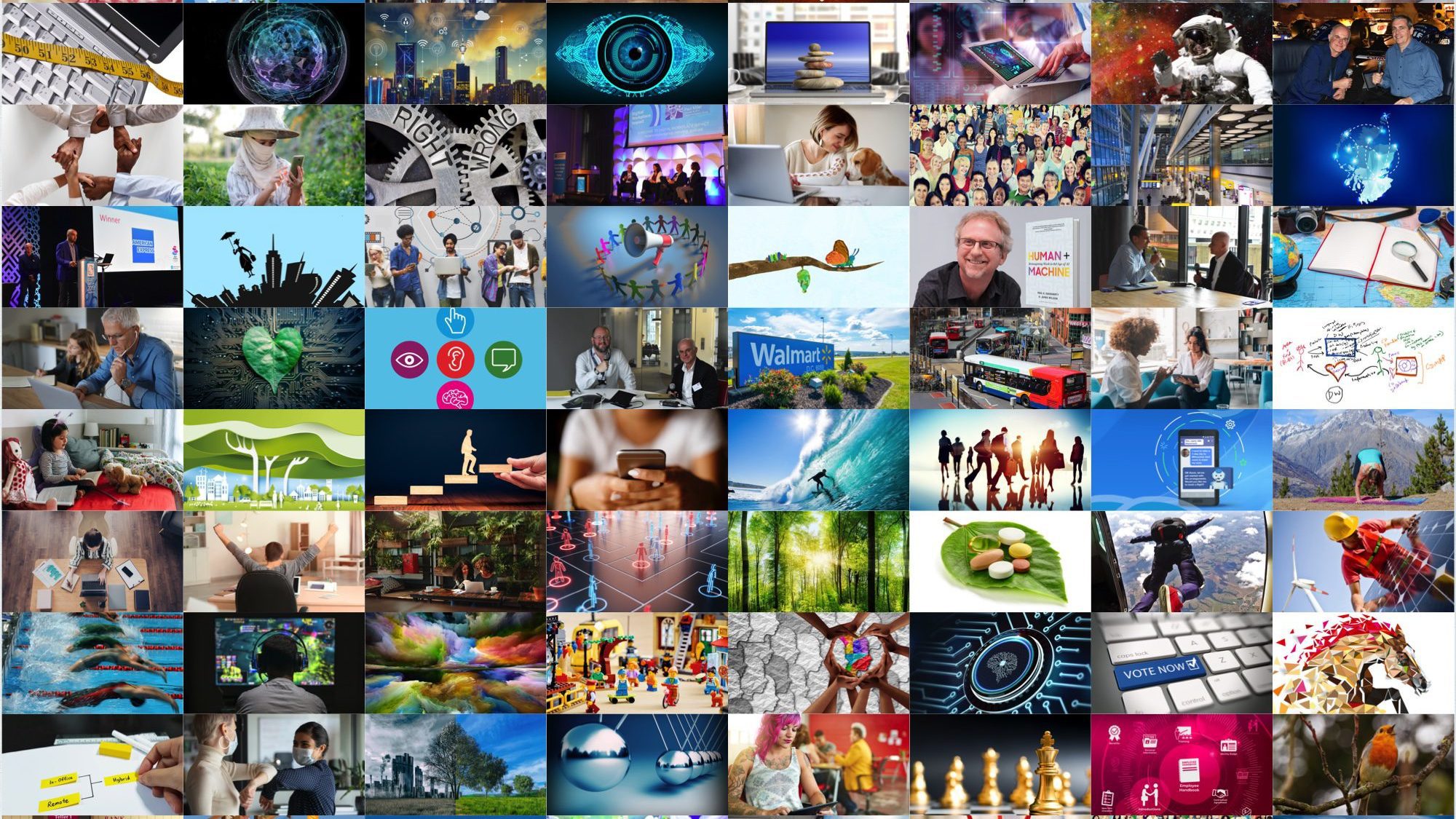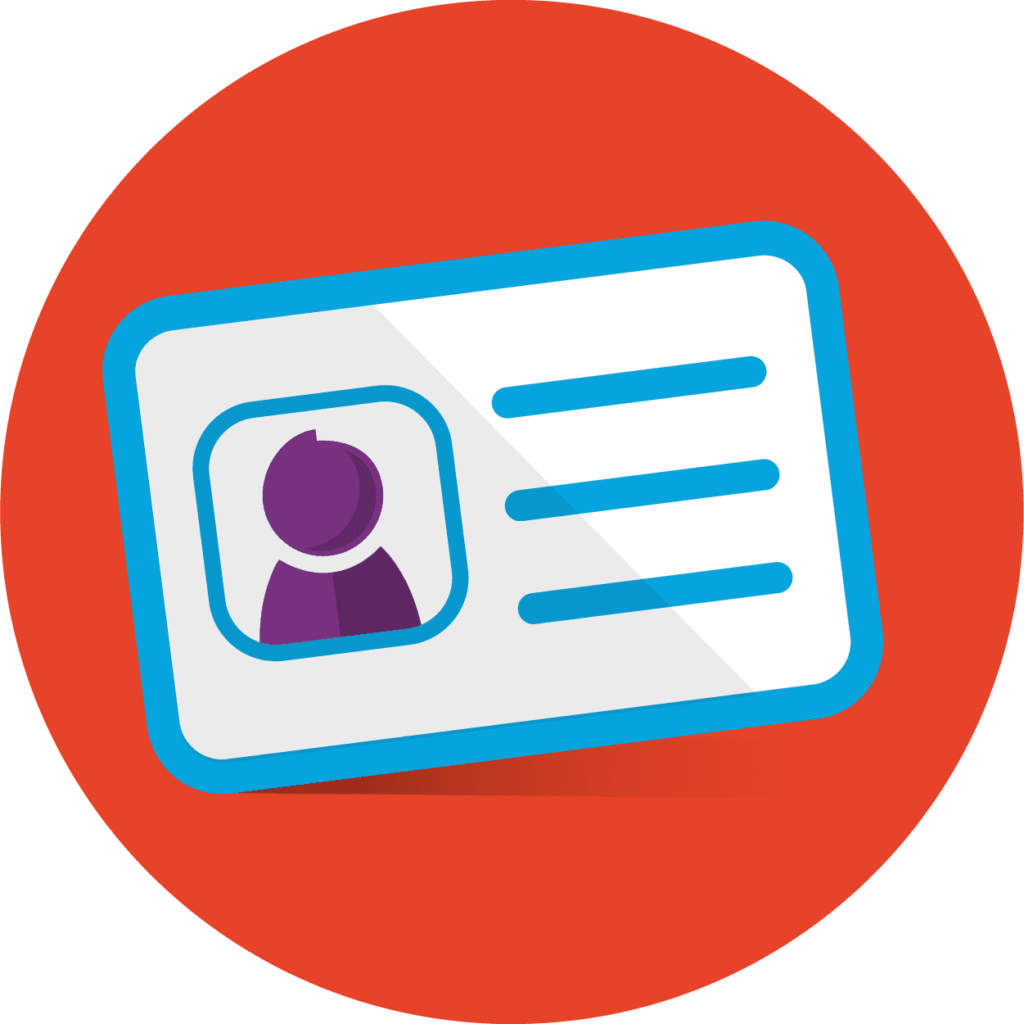How organizations support hybrid working: Takeaways from the Digital Workplace Impact podcast
DWG’s Digital Workplace Impact podcast, presented by Nancy Goebel, continues to explore critical and trending digital workplace topics through conversations with a wide variety of fascinating guests. Now more than 100 episodes and five years old, some recent episodes have touched upon remote and hybrid working, currently one of the hottest topics for digital workplace teams.
The COVID-19 pandemic has transformed the digital workplace and made it an essential item on the corporate agenda. As the dust starts to settle from a tumultuous couple of years, many organizations and their digital workplace teams are still working their way through how most effectively to support hybrid and remote work at scale. To a certain extent, we’re still in a period of transition and collective learning.
In this post, we explore some takeaways about supporting hybrid work from four recent episodes of Digital Workplace Impact. Note that each of these four episodes is definitely worth a listen!
Designing connected workplaces for tomorrow

With hybrid working such a significant topic across the professional digital workplace community, it was an obvious focus for DWG’s member research programme. In this highly informative episode, Shimrit Janes, DWG’s Director of Knowledge, talked to Nancy about the findings of her recent research report, Hybrid work reimagined: Advanced practices for connected workplaces. If you’re a digital workplace professional, this session offers lots of practical insights around how to support hybrid working.
One of the many takeaways that stood out for me was the importance of making sure that hybrid work is equitable, a problem we have faced in the past, with those working remotely tending to be disadvantaged. Shim talked about research into ‘proximity bias’, which has shown that those working remotely can find themselves with less access to information; this can end up being an equity issue for particular groups who are more likely to be working remotely, such as women and those who act as carers. Here, team leaders, HR functions and Diversity, Equity & Inclusion (DE&I) programmes can all make a contribution to reducing the chance of proximity bias becoming an issue.
The conversation also explored how organizations can help to remove some of the barriers around hybrid working that can make it challenging to implement successfully. For me, a positive takeaway from the episode is that there is actually a lot that can be done. This includes ensuring that leaders are exhibiting the right behaviours to set examples around hybrid working, while also coaching managers through some of the practicalities such as how to facilitate hybrid meetings and support their team members. Having the right technology infrastructure in place and supporting individual digital literacy are also very important.
The podcast also talks about building foundations for collaboration, innovation and learning across the hybrid workplace, again including practical tips such as supporting asynchronous collaboration, thinking much more purposefully about meetings in order to get the best outcomes, and even introducing ‘virtual’ job shadowing.
Bring yourself to work: Hybrid working and the employee experience today

Being yourself at work and providing a safe space for every individual to be themselves is an important workplace topic, touching upon themes such as DE&I and employee experience. Arguably, it’s also a factor in the hybrid workplace.
In a special 100th edition of the podcast, Nancy spoke to Ephraim Freed, a customer success manager at Workplace by Meta (formerly Facebook). Ephraim is an old friend of DWG, having worked with us for a number of years, and also having appeared on the very first episode of Digital Workplace Impact. The conversation revisited the theme of that first episode: the importance of being able to bring your ‘whole self’ to work and looked at how this has now assumed a new dimension in the age of hybrid and remote working.
In this episode, Ephraim and Nancy reflect that, five years ago, the idea of individuality in the workplace was just beginning to gain momentum but now it is much more mainstream due to the pandemic. People have come to view their colleagues (and even their leaders) in a new light through seeing them working at home and gaining insight into the person behind the job title – a trend that will continue with the introduction of hybrid working at scale. The recent attention given to employee health and wellbeing has also pulled focus onto a more human workplace that recognizes and celebrates individuality.
Going forward, in order to support hybrid working, it is essential to create a culture that allows people to be themselves at work, encouraging inclusion, rather than just return to some of the old habits of the past. Here, business leaders can play a very significant role in encouraging and nurturing that culture.
The episode explores other interesting themes too, such as defaulting to a remote-first culture and then finding ‘great reasons to come together in person’, and ensuring that the technology stack and ways of working are aligned. Nancy and Ephraim also discuss the role of digital workplace leaders in the new hybrid world.
Fresh thinking on hybrid working with Amy Yin of OfficeTogether

The era of hybrid working is truly here; employees are coming into the office anything between a few times a month to three days a week. And hybrid and remote work at scale is bringing the need to navigate a new set of logistical challenges at the organizational, team and individual levels. For example, how should employees coordinate their visits to the office in order to achieve the best value for team collaboration and to enable people to get things done? And, once in the office, how do employees conduct equitable meetings – which can be challenging in a hybrid situation – and also avoid the situation of spending their entire day in online meetings?
In this interesting episode of Digital Workplace Impact, Nancy spoke to Amy Yin, CEO of OfficeTogether, a startup providing software that helps employees to book their desks and plan office space, while also allowing organizations to restrict the number of people in the office in order to meet any COVID-19 restrictions. As well as exploring some of the key trends she’s seeing in hybrid work, Amy talked about various practicalities of enabling hybrid and remote work.
I found Amy’s insights into meetings particularly interesting. Like DWG, OfficeTogether is a completely virtual organization and the team have reduced their number of potential meetings by about half through using asynchronous technologies such as Slack; one successful technique has been employees producing short five-minute videos for discussion, rather than have a 30-minute meeting, an approach which works well for teams spread across multiple time zones.
Other good practices for more equitable hybrid meetings included making everyone in the office dial in from a different room and a separate PC, as well as holding meetings in certain prime hours to avoid times when hybrid workers might, for example, be collecting their kids from school.
Stockpiling people? What’s next for digital workplace employers

A much-reported outcome from the pandemic, which has also been influenced by the rise of remote and hybrid work, is the ‘Great Resignation’, with record numbers of people voluntarily leaving their roles. Arguably, hybrid work offers a popular option for many employees and represents a shift to a more employee-centric recruitment market. But can this be sustained and what will happen next?
In this lively episode of the podcast, Nancy spoke to Evan Sohn, Chairman and CEO of Recruiter.com, about recruitment in the post-pandemic world. Evan reflected that companies currently have a choice of the kind of employer they want to be and can craft different kinds of working environment, partly based on their policies relating to hybrid and remote work; this will help them to focus on what their priorities are and attract the kind of people they really want. He also believes that the recruitment market will start to shift from being candidate-centric to far more employer-centric, with companies having a more definite employee proposition.
Another trend resulting from increased remote and hybrid work is the ability for employees to recruit from further afield, for example hiring developers who live abroad. Evan reflected that some companies are even ‘stockpiling talent’ in order to remain competitive and be able to move quickly in accessing the right people. The conversation covered other areas of hybrid work too, such as moving away from time-based objectives to more output- or outcome-oriented metrics.
My overall takeaway from this session is that companies need to consider and clearly define exactly what their employee value proposition looks like for the era of hybrid working in order to attract the right people and build their preferred organizational culture, and that this is something they need to be doing now.
Talk to us about…
… becoming a DWG memberMore about DWG Membership » |
Categorised in: → Hybrid working

